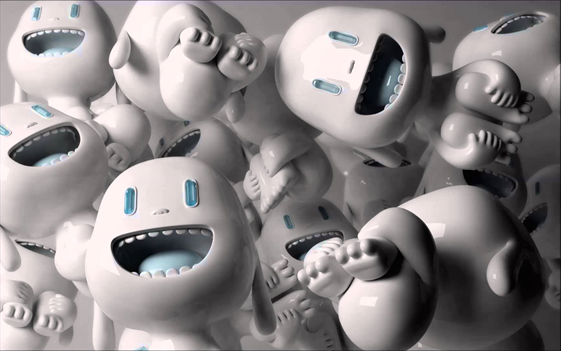AI now can come up with a joke on its’ own. Neural network models progress at breakneck speed. Standup generates telepathy conveying EI, heartbeats, breaths, across connected distances. And there is technology for inducing sensation in the brain via magnetic induction where augmentation proceeds from external & stationary to mobile &, eventually, to internal. Emoji already reshaped the language of business.
 We see neural networks dream, copy renowned artists, create captions & converse with [surprising] ease. “Computational comedy” is comedy that occurs when AI makes mistakes, wheretofore it helps humans advance. Earlier this year a robot learned how to write its’ own inscrutable TED talks using the input from thousands of real talks. One was also built to write Obama speeches.
We see neural networks dream, copy renowned artists, create captions & converse with [surprising] ease. “Computational comedy” is comedy that occurs when AI makes mistakes, wheretofore it helps humans advance. Earlier this year a robot learned how to write its’ own inscrutable TED talks using the input from thousands of real talks. One was also built to write Obama speeches.
Humor, & puns, are a great canvas for education; especially as a system’s ‘near miss’; a more complex problem for our naturally verbose brains.
To be trained in natural language is the forefront of machine learning, correctly identifying everything from birds as birds to snowboarders as snowboarders to Donald Trump as a person (debatable) —just as Deep Dream imagined certain types of hallucinations based on what Google’s engineers algorithm, experts at they’ve been schooled on the subject at hand.
Tech can be so correct sometimes, yet so wrong other times, gives us an absurd glimpse behind this emerging AI comedy. Whilst recognizing numbers or words, the subtle comprehension of jokes, creativity, & cultural references sits on another plane.
It’s not just about making us chuckle at the pitfalls, it’s a form of intelligence ignored by researchers delivering research targets, current levels of advances, societal implications.
Humor is a more complex metric to achieve—fundamentally human & engaging cognition. Any sufficiently advanced technology develops comedy at its’ own expense.